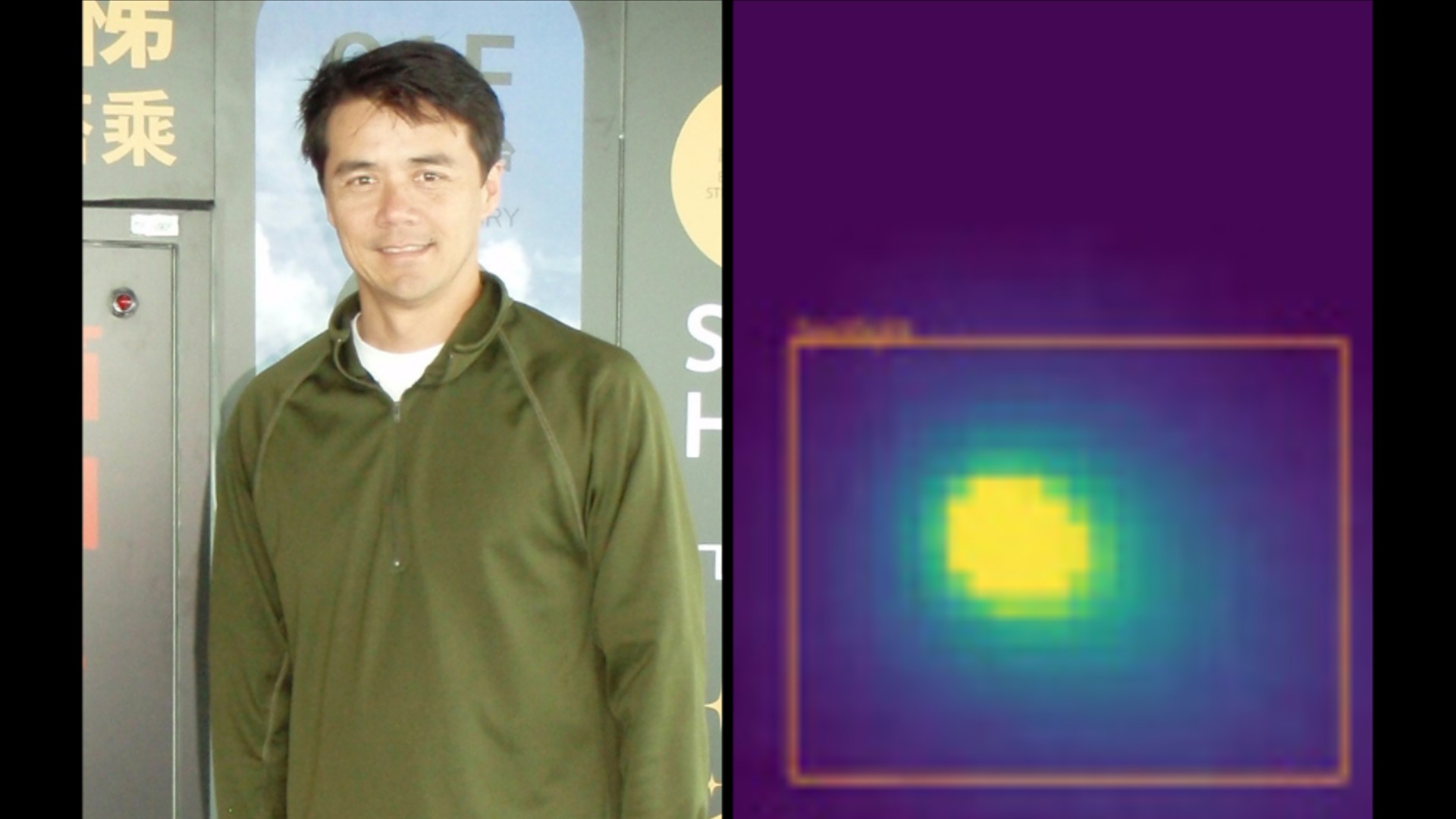Black Moon solar eclipse looks otherworldly in stunning images
Space and land views showed the moon taking a bite out of the sun on April 30.
A rare solar eclipse Saturday (April 30) stunned viewers across Antarctica, the southern tip of South America, and the Pacific and Atlantic Oceans.
While much of the partial solar eclipse of April 30 took place in remote areas, live cameras on Earth and satellites in space allowed people around the world to witness the moon blocking as much as 64% of the sun. The solar eclipse happened during a Black Moon, which is the second new moon in a single month.
Heliophysicist C. Alex Young, the associate director for science in the heliophysics science division at NASA's Goddard Space Flight Center, broadcast several screenshots of a timeanddate.com livestream, which show a gorgeous, seemingly distorted sun with a bite taken out of it.
The eclipse was broadcast from numerous locations across the viewing area, and as Young said in one of his tweets, there are "bonus sunspots" available to look at after an explosive month from our sun. The sun generated several X-class (very strong) flares as it slowly moves toward its peak of solar activity in 2025.
Related: Here's a step-by-step guide for making your own solar eclipse viewer.
And so it begins! #partialsolareclipse visible in parts of southern South America, Antarctica, and the Pacific and Southern Ocean. Screenshots from @timeanddate pic.twitter.com/LxLzesdRTnApril 30, 2022
Partial solar eclipse in Argentina #sunset #moonset #newmoon #blackmoon 🌞 🌑 🌎Screenshots from @timeanddate pic.twitter.com/OC3GftJafwApril 30, 2022
Partial solar eclipse in Chile #sunset #moonset #newmoon #blackmoon 🌞 🌑 🌎Screenshots from @timeanddate pic.twitter.com/eGHnPvyQUpApril 30, 2022
🌞 🌑 🌎 #partialsolareclipse visible in parts of southern South America, Antarctica, and the Pacific and the Southern Ocean. Bonus sunspots! Screenshots from @timeanddate pic.twitter.com/LLErhYvPCYApril 30, 2022
🌞 🌑 🌎 #partialsolareclipse on April 30, 2022. Eclipse at sunset in Chile, with bonus sunspots & sunset with mountains! What a show!! 😎 ☀️🌑⛰️🌅Screenshots from @timeanddate pic.twitter.com/fDfr0ixNMoApril 30, 2022
The eclipse was also visible from space via a satellite named GOES-16 (GOES-R when it launched in 2016). The satellite charts lightning, severe storms and solar activity on behalf of the National Oceanic and Atmospheric Administration (NOAA).
While NOAA's Twitter feed was not active over the weekend, the satellite broadcasts footage via the GOES Image Viewer website and attentive viewers caught views of the eclipse near real-time from space.
Breaking space news, the latest updates on rocket launches, skywatching events and more!
Here's a view of the partial solar eclipse that happened today in the Southern Hemisphere via the GOES-16 satellite. pic.twitter.com/ZFSJZY9uE6May 1, 2022
#GOESEast #GOES16 #GRB #SUVI Solar Eclipse as seen from GOES-16 satellite at noon today (EDT). Fe195 wavelength. pic.twitter.com/2r7uLorNOuMay 1, 2022
NASA said at least part of the eclipse was visible "in Chile, Argentina, most of Uruguay, western Paraguay, southwestern Bolivia, southeastern Peru, and a small area of southwestern Brazil." (That's assuming clear skies.)
Some well-known cities or regions with views of the eclipse included Buenos Aires (Argentina), the Falkland Islands (United Kingdom), Machu Picchu Base (Peru), Montevideo (Uruguay) and Santiago (Chile), according to Unitarium.com. Also, at least one cruise was active in the eclipsing region via EclipseTours.com.
Paso el eclipse por Buenos Aires con muchas nubes. Algunos pudieron verlo.#astronomy #astronomia #Eclipse2022 pic.twitter.com/diZ4bnNUxvMay 1, 2022
Eclipse Solar, Santiago de Chile.#Eclipse pic.twitter.com/HcnOkFyBa3May 1, 2022
The next solar eclipse, also a partial one, will occur on Oct. 25. It will be visible from Europe, northeast Africa, the Middle East and West Asia, according to NASA. There will be no total solar eclipses this year.
Editor's Note: If you snap an amazing solar eclipse photo and would like to share it with Live Science readers, send your photo(s), comments, and your name and location to community@livescience.com.
Follow Elizabeth Howell on Twitter @howellspace.

Elizabeth Howell (she/her), Ph.D., was a staff writer in the spaceflight channel between 2022 and 2024 specializing in Canadian space news. She was contributing writer for Space.com for 10 years from 2012 to 2024. Elizabeth's reporting includes multiple exclusives with the White House, leading world coverage about a lost-and-found space tomato on the International Space Station, witnessing five human spaceflight launches on two continents, flying parabolic, working inside a spacesuit, and participating in a simulated Mars mission. Her latest book, "Why Am I Taller?" (ECW Press, 2022) is co-written with astronaut Dave Williams.

